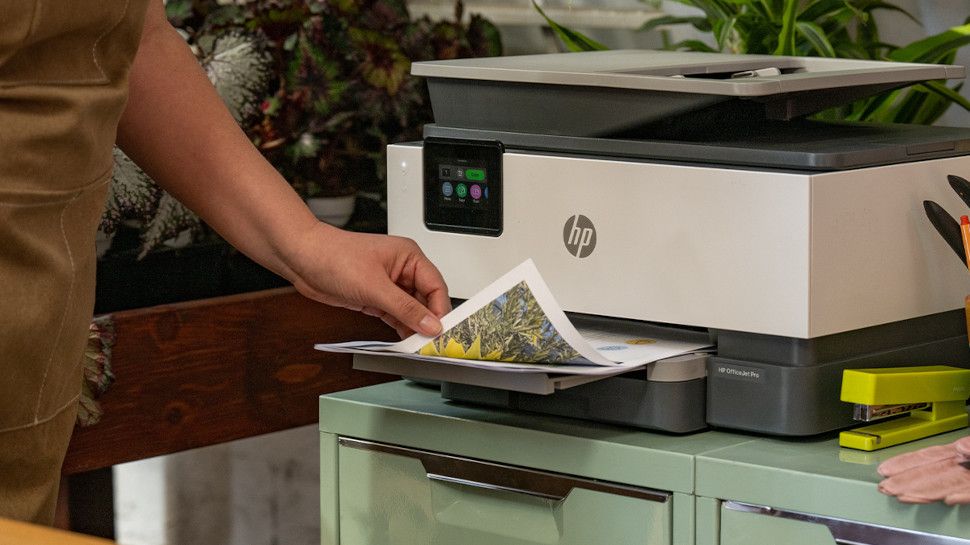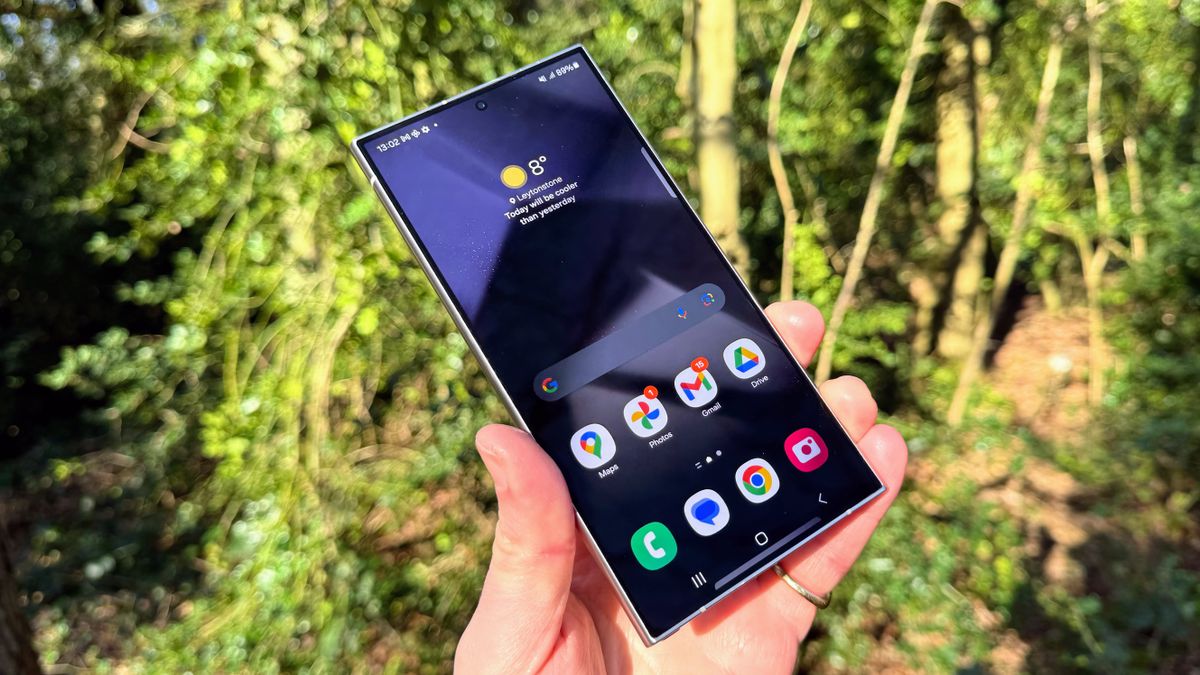HP CEO Enrique Lores has highlighted the significant challenges facing the company’s print division as customers opt to print fewer pages, noting a substantial 20% drop in the number of pages being printed compared with before the pandemic.
Speaking at Bernstein’s 40th Annual Strategic Decision Conference (via The Register), Lores attributed this to the rise of hybrid working models, with fewer people in offices reducing the demand for printed materials and more workers prepared to access digital versions of documents on the go.
The shift in printing habits is also reflected at home as well as in office environments, with consumers inking paper far less than they used to.
Is HP worried about the future of printing?
Despite the challenges, HP reports to have been proactive about adapting its business model, however customers haven’t necessarily been too happy about this. HP has been maximizing revenue from supplies by pushing for more customer subscriptions, as well as selling printers pre-loaded with ink.
The firm previously alluded that Instant Ink subscribers were more lucrative than those who buy ink on an as-needed basis.
To address this, a firmware update supposedly designed to enhance security started blocking printers from using third-party ink, deemed unsafe for the printers, in turn forcing customer to buy their supplies directly from HP (and often, for more money than non-HP counterparts).
Besides evolving printing trends, Lores also acknowledged that customers are now keeping their printers for longer periods, further impacting hardware sales. He added: “We are trying to quantify exactly how much is this.”
Looking ahead, the company continues to grow its subscription revenue. IT now counts around 13 million ink and toner subscribers, and has also launched a more comprehensive service that includes ink, toner, paper and the printer itself.
HP posted $12.8 billion in revenue for its most recent financial quarter, down 0.8% compared to the same period last year.





